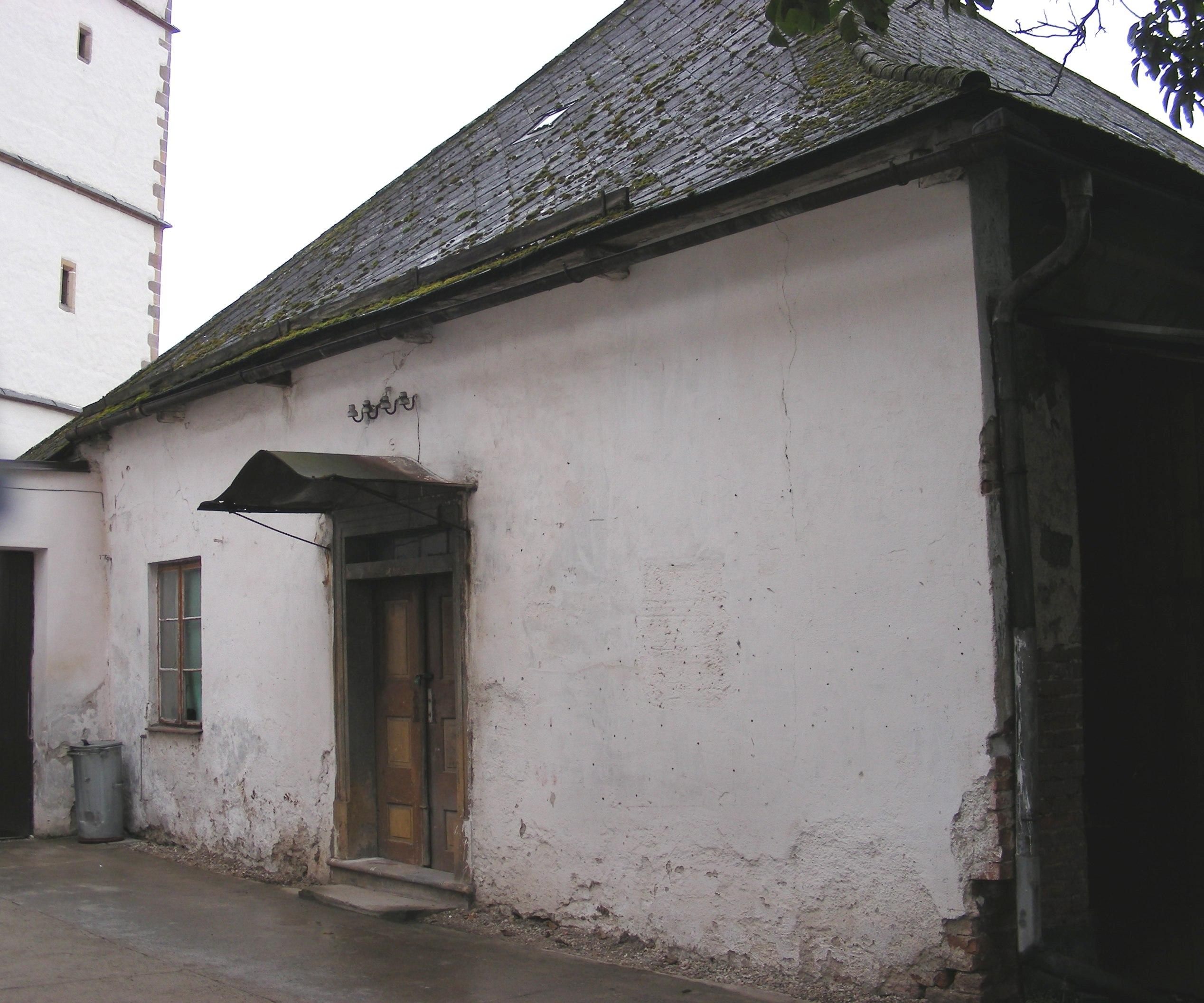Goals of the Association
Uničov is a town with a rich history. Its foundation dates back to1213. A precious charter of 1223 confirms the town’s privileges as a royal town. It remained a rich royal town until 1850.
The expectations of finding a significant deposit of precious minerals turned out to be false, but the town and its environs still developed thanks to the fertile soil, the hard work of the farmers and the skill of the craftsmen. The town flourished due to a number of privileges granted to Uničov as a royal town by the ruler. The medieval period saw the town flourish but its life was also affected by wars, unrest, fires and an epidemic which meant that the town was ravaged and depopulated (the last time after the Second World War). All these circumstances resulted in the fact that the town does not have as many historic monuments as would be expected. So Uničov values all its existing monuments even more and cares for them.
The commission for the historical centre of the town helps to conserve everything that applies to the town’s history.
The Zacheus Civic Association focused its attention on the protected Roman Catholic Parish House in Uničov which is in a desolate condition. The house probably dates back to the 15th or early 16th century.
|
 |
 |
| House façade before reconstruction | main entrance into the building |
The members of the Zacheus Civic Association decided to save this protected house and use it for the benefit of all the town’s residents. An idea materialised to build a museum of Baroque in the house. Most of the monuments in Uničov date back to the Baroque period.
Moravian Baroque (spanning the years 1550-1750) followed on from the Italian Baroque sculpture by Lorenzo Bernini who learned his work from Michelangelo and Roman Hellenism. The Baroque style came to this country together with its extensive re-Catholisation. To begin with, artists and craftsmen arrived from Italy and Germany. In the 18th century Moravian artists could already be found in the larger cities which settled here and founded the traditions. The Baroque style carried its art work to all corners of Bohemia and Moravia.
This gave rise to a purely Bohemian Baroque landscape not lacking in statues, plague columns, churches, monasteries, crosses, crucifixion columns, pilgrimage churches and chapels.
Uničov was also struck by a wave of Baroque endeavours. The first Baroque monument came from the workshop of Matyáš Bernard Braun presented by Jiří Pacák and his workshop. Two of the most prominent artists of the Baroque in Uničov, Jíří Antonín Heinz and Severin Stolař Tischler, also came from this town who, together with their assistants, contributed to the decoration of the most important of Uničov’s Baroque monuments - the Plague or Marian Column.
 |
 |
| View of the Marian (Plague) | Column on Masaryk Square |
The second group consists of anonymous artistic works which today are admired for their simple popular form.
There was one more reason which led us to establish a museum of Baroque. That was the return of important Baroque artistic monuments to the town of Uničov for which they were originally created. Many of the Baroque statues and paintings are currently outside Uničov – found in depositories in Šternberk and Olomouc.
The idea of establishing a museum of Baroque in Uničov continues on from the project supported by the ESF funds entitled “Revived Baroque” which ended at the Grammar School in Uničov in 2008. In the project the students mapped out, studied and artistically depicted the Baroque monuments of their town.
We managed to gain money from the EU and the town to reconstruct the cultural monument that would house the museum of Baroque in Uničov. Construction work began on 14 January 2009 and will end in April 2010.
We are having problems obtaining money for the internal furnishings of the museum (some exhibits have to be restored). The Zacheus Civic Association is a non-profit organisation and so we welcome every kind of help and assistance.
We are aware that it is our duty to protect cultural monuments. Our ancestors have left us many things of beauty even though their standard of living was far lower than ours. It is up to us to protect and maintain their legacy.
Conserving cultural monuments is of great importance for future generations. Art holds an irreplaceable role in the attitudes to life, helps to form and cultivate us all. Man is surrounded by beauty and finds an answer to the meaning of life and learns about what is beautiful and good in our lives through silence.
We wish that the young generation in particular, for which the museum is being established, becomes aware of and finds the meaning of beauty and truth in art.
Dr. Emilie Zatloukalová